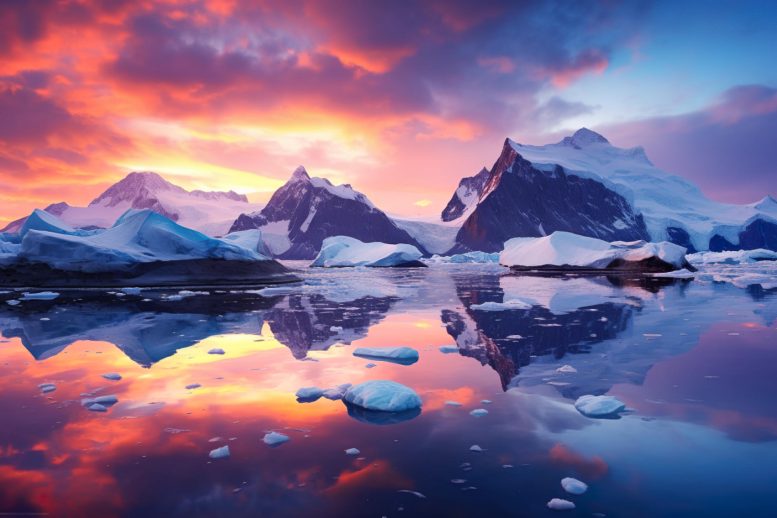
Mud cores from Mississippi have revealed clues about the formation of Antarctica’s major ice sheets and a significant climate cooling event, the Grande Coupure. The research suggests that falling sea levels exposed organic carbon in coastal sediments, leading to a 300,000-year delay in climate cooling as this carbon was released as carbon dioxide into the atmosphere.
Clues regarding the development of massive ice layers in Antarctica have been uncovered in mud samples taken from Mississippi, shedding light on a major climate cooling event often referred to as the Grande Coupure or “great cut.”
A recent study in Nature Communications, led by researchers from the University of Birmingham, examined material taken from cores drilled near Jackson, Mississippi in the USA.
Material found in layers of the cores suggests that there was a major transfer of carbon from plant remains in coastal environments into the atmosphere, driven by sea level falls of around 40 meters as Antarctic ice caps formed.
While the initial formation of those ice caps, and the beginning of the modern, colder climate of the past 34 million years was due to long-term burial, or sequestering of carbon in sediments; the team found that the falling sea levels led to a 300,000-year break on climate cooling.
Falling seas exposed coastal regions and their soft sediments to intense erosion by rain and rivers. Organic carbon, such as plant material, that was once bound up in these sediments and environments – think of today’s tropical mangrove swamps – was then exposed to oxygen in the air and was available for bacteria to eat and convert back into carbon dioxide that can be released to the atmosphere.
Dr. Tom Dunkley Jones from the University of Birmingham is the senior author of the paper, and said:
“We’ve unearthed information from the Mississippi mud to answer a key question about how Antarctic ice massively expanded to continental scale.
“The Eocene Oligocene transition is probably the planet’s biggest climate cooling event and has had a major impact on the earth’s history. As sea levels fell over this transition, we can observe how a temporary brake on atmospheric cooling took place with the release of large amounts of carbon dioxide sequestered in coastal regions around the basin of the Mississippi River.
“This solves a puzzle about the timeline of the transition and suggests that the beginnings of this event and the build-up of Antarctic ice sheets started some 300,000 years earlier. Once the brake of organic carbon was used up, the transition was freed to continue its move to the colder state of the past 34 million years.”
The research team studied samples from marine clays covering a depth of around 137m – and compared these to other key records of this event, especially from the middle of the Pacific Ocean. The team were able to use the data from the new samples to fill in gaps in the geological record, showing how sediments deposited in the area changed over time, and providing more precise timings for the sea level fall which signaled the formation of the ice sheets.
Dr Kirsty Edgar, the University of Birmingham said:
“Our paper gives us a valuable new clue about how Earth’s climate can undergo dramatic shifts and how this is often strongly linked to the biosphere and carbon cycle.
“Understanding these past events gives us a clearer picture of the beauty and complexity of the Earth’s climate and ecology.”
Reference: “Multi-proxy evidence for sea level fall at the onset of the Eocene-Oligocene transition” by Marcelo A. De Lira Mota, Tom Dunkley Jones, Nursufiah Sulaiman, Kirsty M. Edgar, Tatsuhiko Yamaguchi, Melanie J. Leng, Markus Adloff, Sarah E. Greene, Richard Norris, Bridget Warren, Grace Duffy, Jennifer Farrant, Masafumi Murayama, Jonathan Hall and James Bendle, 8 August 2023, Nature Communications.
DOI: 10.1038/s41467-023-39806-6


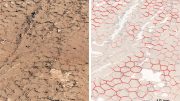
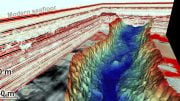
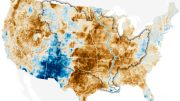
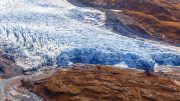
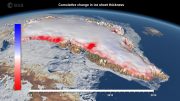

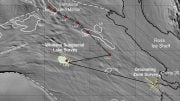
Be the first to comment on "“Great Cut” Unveiled – Mississippi Mud Reveals Secrets of Antarctica’s Ancient Expansion"